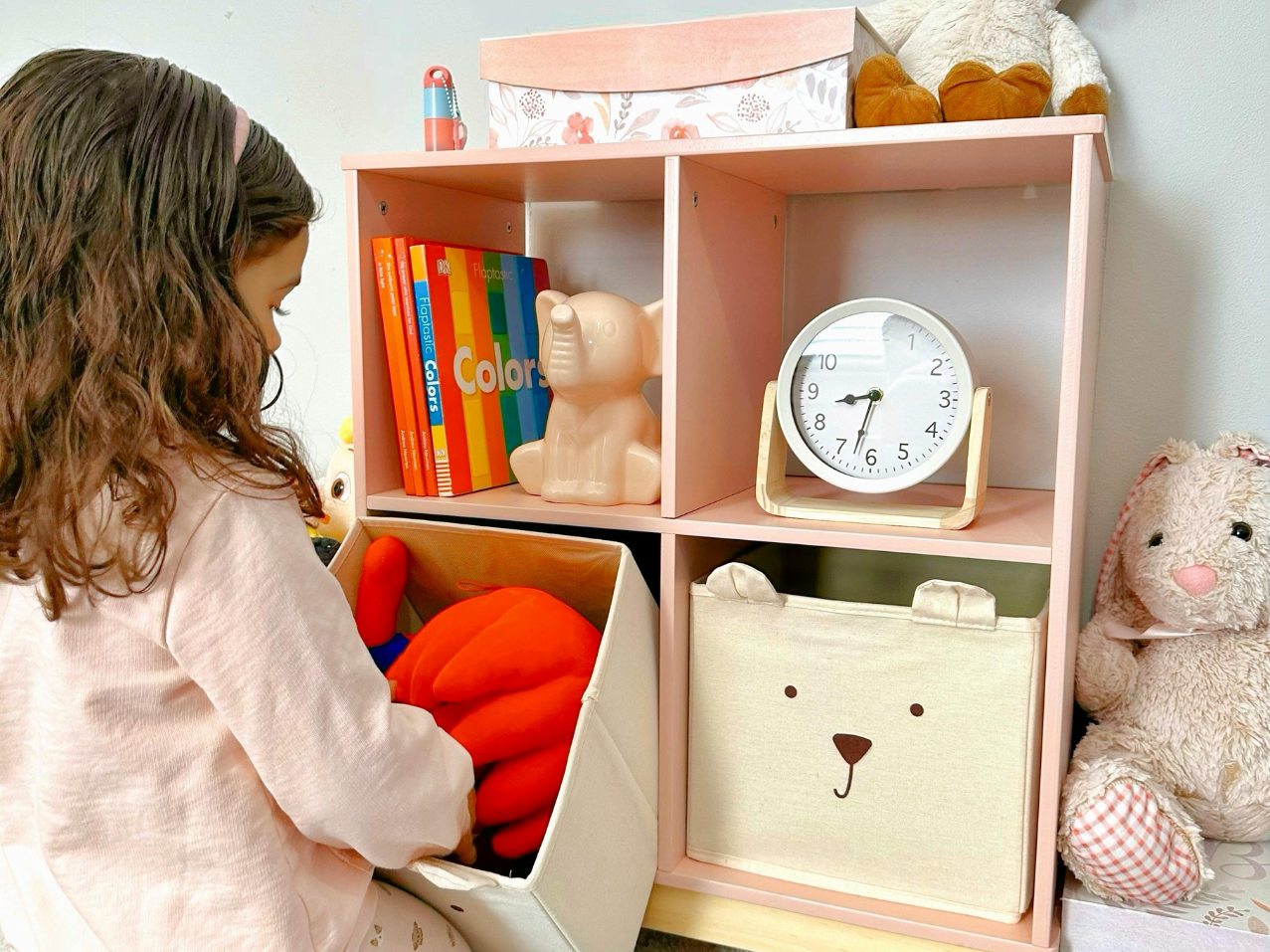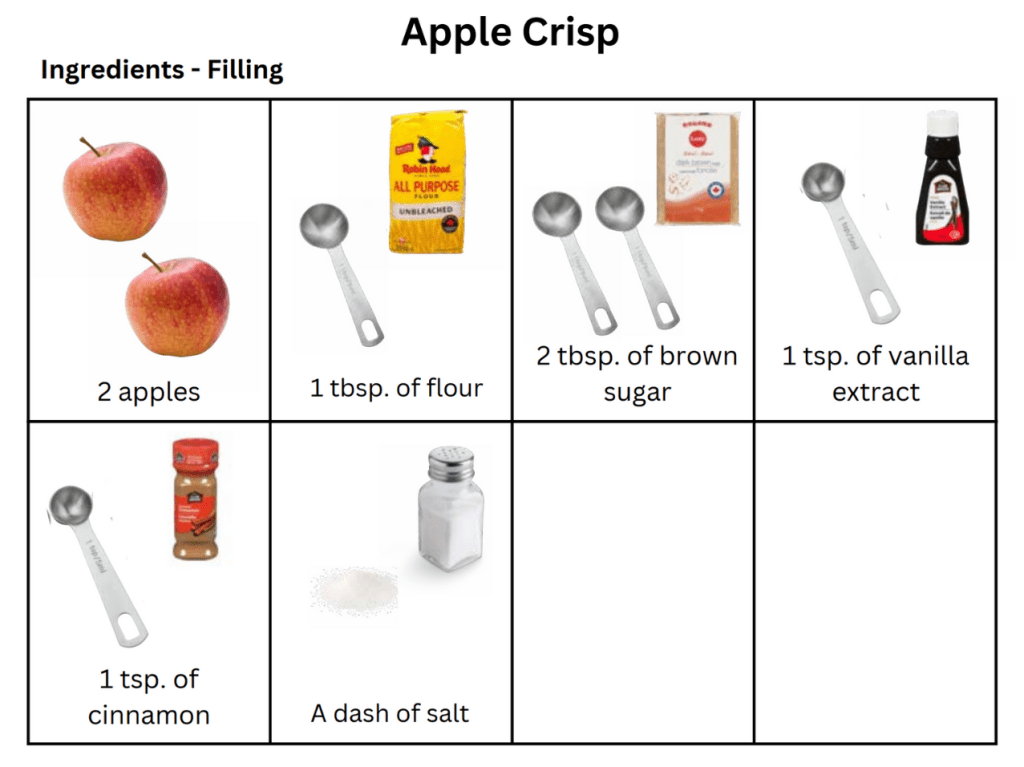Menu
-
-
Shop Holiday Items
-
Shop Gifts By Age
- Gifts For a 0-6 Month Old
- Gifts For A 6-12 Month Old
- Gifts For A One Year Old
- Gifts For A Two Year Old
- Gifts For A Three Year Old
- Gifts For A Four Year Old
- Gifts For A Five Year Old
- Gifts For A Six Year Old
- Gifts For A Seven Year Old
- Gifts For An Eight Year Old
- Gifts For A Nine Year Old
- Gifts For A Ten Year Old
-
Shop Gifts By Budget
- New Arrivals
-
Toys
- Large Active Toys
- Animal Toys
- Arts & Crafts
- Award-Winning Toys
- Bath Toys
- Birthday Wishlists
- Building Toys
- Cars, Trains, & Trucks
- Games
- Instruments
- Loose Parts Play
- Loot Bag Toys
- Made in Canada
- Outdoor Toys
- Pretend Play
- Puzzles
- Sensory And Fidget Toys
- Sensory Bin Tools & Fillers
- STEM Toys & Activities
- Toronto-Themed Gifts
- Travel Toys
- Wooden Toys
- Waiting Room Toys & Furniture
-
Montessori Materials
- Montessori At-Home Program
-
Montessori Furniture
-
Bundles & Sales
-
Books
-
Shop By Age
-
Shop By Brand
- Brands A-F
- Brands G-L
-
Brands M-R
- MagicPlaybook
- Magna Tiles
- Make Believe Ideas
- Makedo
- Manhattan Toys
- Math for Love
- Milaniwood
- MindWare
- Mojo Toys
- Moluk
- Moulin Roty
- Native Northwest
- nic
- Nienhuis
- Ooly
- Opinel
- Ostheimer
- Papoose
- Peaceable Kingdom
- Plan Toys
- Plus-Plus
- Preschool Collection Watches and Timers
- Ravensburger Puzzles
- Real Life Pages
- Brands S-Z
-
- 866-901-4696
- Gift Registry
- Login


How To Get Your Child to Tidy Up Their Toys in 4 Steps
3 min read
How many times you have cleaned up a basket of blocks, only for your child to dump everything out 10 minutes later?
Or worse, you've cleaned the whole room... and only to have it turned upside down an hour later.
And then, when you ask for help cleaning up, your child either ignores you or walks away.
This can be incredibly frustrating.
But with a thoughtful and supportive approach, your child can learn to tidy up after themselves.
Here's 4 steps to engage your child's cooperation when cleaning up:
1. Start Here - Adjust YOUR Expectations
So much of what we talk about in these newsletters is adjusting our expectations and approach.
Sometimes we just need a gentle reminder that the world can often feel big and overwhelming for young children. They will get there. They just need time and guidance.
A human brain isn't even fully developed until around age 25.
And while our children's brains are growing and changing rapidly, they're still not going to have the logic and reasoning skills of an adult.
We can help them get there... with lots of patience and practice.
2. Get Rid of the Problem Stuff
If you're chronically frustrated with one particular toy or activity - a ball pit, a giant basket of blocks, etc, it might be best to put them away or cut down on the number of pieces until your child is older.
If your child is repeatedly dumping out a large basket of toys, they're likely in a 'dumping phase'. It'll pass but until it does, offer fewer pieces to dump so you're less stressed about clean up.
3. Give Specific Instructions
When there's a big mess, it can feel very overwhelming for your child, just like it can for an adult.
They don't know where to start and it may discourage them from wanting to clean up.
For younger children - move a manageable amount of pieces towards them (~3-5) and "take turns" putting them away together.
For older children - give them a specific task. Rather than "We need to clean up this mess", offer specific instructions, like "You clean up the blocks and I'll tidy up this puzzle".
4. Build Good Habits Now
I often want to wait until my children are in bed to do the clean up myself (and sometimes do when my patience is running thin!). It's just so much quicker.
But I try to remind myself that building these early tidying habits are important.
We can't spend 10+ years telling our children that cleaning up after themselves isn't important, and then flip the script when they're teens.
Here's how to get started with cleaning at the different ages and stages:
- 3-12 Months: At this age, children can't help much, but they can observe. Seat them near you or babywear while you clean and explain what you're doing - "I'm washing all the food off of our lunch dishes so they're ready for the next time we eat".
- One to Two Years Old: At approximately 12 months, your child can begin to help with clean up. You can introduce a small cloth to wipe up spills, show them how to clean up a few blocks/small toys, or put their clothes in the hamper.
- Toddlers: Work with your child to clean up. Even if they only do one part of the process, they’re showing signs of understanding. They can help tidying toys, as well as with many practical life activities - wiping, sweeping, window cleaning, dish washing, etc, provided you modify the set up so it works for their height and fine motor abilities.
- Casa & Kindergarten Age: At this age, children can become more independent with clean up. They may still feel overwhelmed and need direction with large messes but they can clean up after art activities, playing with toys, folding clothes, dishes, loading the dishwasher, and more. At this age, a lot can be taught with thoughtful demonstration.
Join Our Montessori Community
Sign up to get weekly activities, free printables, Montessori parenting guidance, and so much more.
Plus, get $10 off your first order of $100+.
Like this article? Get new articles, weekly activities, free printables, Montessori parenting guidance, and so much more.
One mom recently shared:
"Your newsletter is always SO great. It is one of the few I open and read weekly. You provide so much value. Thank you!"


